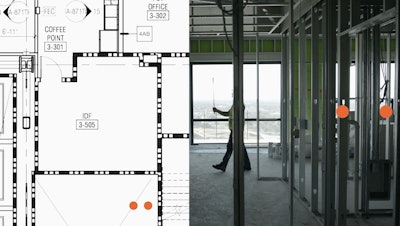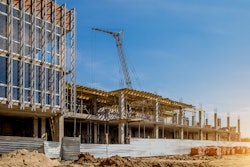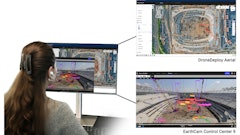
StructionSite's custom AI-powered vision engine, StructionSLAM, automatically organizes your photos and videos by location and date, giving you the context needed to spend your time solving instead of hunting.
Structionsite
With our suite of Industrial technology solutions, Latium Technologies is helping industrial firms of all sizes optimize their operations through real-time insight, data, IoT, and analytics. Learn more about Latium Technologies Industrial technology platforms today.



















